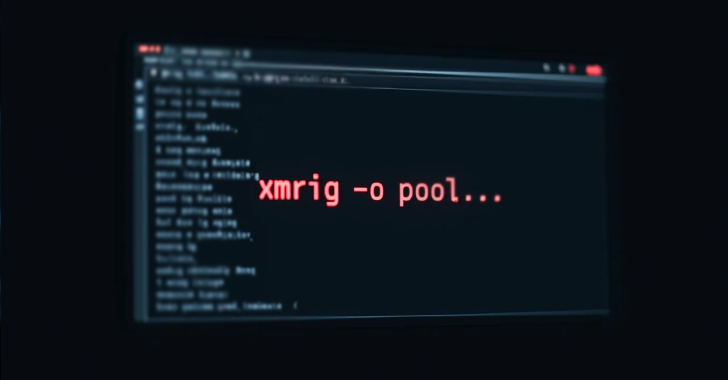
Frequently Asked Questions on Technology Carveout, Mergers & Acquisitions
In the fast-paced world of business, mergers and acquisitions (M&A) have become a common strategy for companies looking to grow and gain a competitive edge. Technology carveouts, a subset of M&A, are particularly intriguing in today’s rapidly evolving digital landscape. If you’ve heard about technology carveouts but are still unsure about what they entail, this article will address some frequently asked questions to demystify this complex yet crucial aspect of corporate strategy.
- What is a Technology Carveout?
A technology carveout, often referred to as a “carveout” or “spin-out,” is a strategic move in which a company separates a specific technology division or business unit and operates it as a standalone entity. This entity can be later sold, merged, or partnered with another company, allowing the parent company to focus on its core business or divest non-core assets.
- Why Do Companies Opt for Technology Carveouts?
Companies undertake technology carveouts for various reasons:
- Focus on Core Competencies: Carveouts enable companies to sharpen their focus on their core competencies while divesting non-core technology assets.
- Unlocking Value: Separating a technology division as a standalone entity can increase its value and make it more attractive to potential buyers or investors.
- Strategic Partnerships: Companies may seek partnerships or mergers with firms that specialize in the technology area they are divesting.
- Regulatory Compliance: In some cases, regulatory requirements may necessitate the separation of certain technology assets.
- How Does the Process of Technology Carveout Work?
The process of executing a technology carveout can be complex and involves several steps:
- Planning: The parent company outlines its objectives and determines which technology assets it wants to carve out.
- Legal and Financial Structure: Legal and financial experts help structure the carveout, including the establishment of a new legal entity for the technology division.
- Transition Services Agreement (TSA): The parent company may provide transitional support, including IT services, to the carved-out entity through a TSA.
- Employee Transition: Employees from the technology division may transition to the new entity or stay with the parent company, depending on the agreement.
- Operational Independence: The carved-out entity starts operating independently, often under new leadership.
- Sale or Merger: The parent company may sell or merge the carved-out entity with another firm.
- What Are the Key Challenges in Technology Carveouts?
Technology carveouts come with their set of challenges, including:
- Data Separation: Separating data and technology infrastructure can be complex, especially in the case of shared resources.
- Talent Retention: Retaining skilled employees during and after the carveout process can be challenging.
- Legal and Regulatory Compliance: Ensuring compliance with legal and regulatory requirements is critical.
- Transition Risks: The transition phase can be disruptive, potentially impacting operations and customer relationships.
- How Does a Carved-Out Technology Entity Attract Buyers or Investors?
To make the carved-out technology entity attractive to potential buyers or investors, several factors come into play:
- Financial Performance: Demonstrating strong financial performance and growth potential is crucial.
- Intellectual Property (IP): Highlighting valuable IP assets can be a significant selling point.
- Market Position: A strong market position, competitive advantage, and scalability are attractive qualities.
- Management Team: An experienced and capable management team inspires confidence.
- Integration Plan: Having a well-thought-out integration plan for the acquiring company can seal the deal.
- What Are Some Notable Examples of Technology Carveouts?
Several notable technology carveouts have made headlines in recent years:
- IBM’s Spin-Off of Kyndryl: IBM carved out its managed infrastructure services business into a separate entity called Kyndryl in 2021.
- Hewlett Packard Enterprise (HPE) and Micro Focus: HPE merged its non-core software assets with Micro Focus in a deal worth approximately $8.8 billion.
- Symantec and Broadcom: In 2019, Broadcom acquired Symantec’s enterprise security business for $10.7 billion.
- Siemens Healthineers: Siemens Healthineers, a spin-off from Siemens AG, focuses on medical technology and diagnostic solutions.
- What Are the Benefits of Technology Carveouts for Investors?
Investors can benefit from technology carveouts in several ways:
- Specialization: Investors can focus on industries or technologies that align with their investment strategies.
- Growth Potential: Carved-out entities often have significant growth potential as standalone businesses.
- Value Creation: Separation from the parent company can create value and enhance profitability.
- Portfolio Diversification: Investing in technology carveouts can diversify an investor’s portfolio.
- Are Technology Carveouts Common in the Tech Industry?
Yes, technology carveouts are relatively common in the tech industry. Tech companies frequently divest non-core assets or business units to streamline their operations and remain competitive. This trend is likely to continue as technology evolves and companies adapt to changing market dynamics.
- What Are the Risks Associated with Technology Carveouts?
While technology carveouts offer various benefits, they also come with risks:
- Integration Challenges: Integrating the carved-out entity with a new organization can be challenging.
- Market Volatility: Economic and market conditions can impact the success of the carveout.
- Execution Risk: The success of the carveout depends on effective execution, which is not guaranteed.
- Competitive Landscape: Changes in the competitive landscape can affect the carved-out entity’s performance.
- What Does the Future Hold for Technology Carveouts?
The future of technology carveouts is closely tied to the evolution of the tech industry itself. As technology continues to advance, companies will adapt their strategies to remain agile and competitive. We can expect to see more carveouts, mergers, and partnerships as companies seek ways to unlock value and stay at the forefront of innovation.
In conclusion, technology carveouts are a fascinating and strategic aspect of mergers and acquisitions in the tech industry. These transactions allow companies to focus on their core strengths, unlock value, and adapt to a rapidly changing digital landscape. However, they also come with complexities and challenges that require careful planning and execution. As technology continues to evolve, the role of technology carveouts in shaping the industry’s landscape is likely to grow, making them an area of keen interest for investors, businesses, and tech enthusiasts alike.
Contact Cyber Defense Advisors to learn more about our Technology Careveout, Mergers & Acquisitions solutions.





